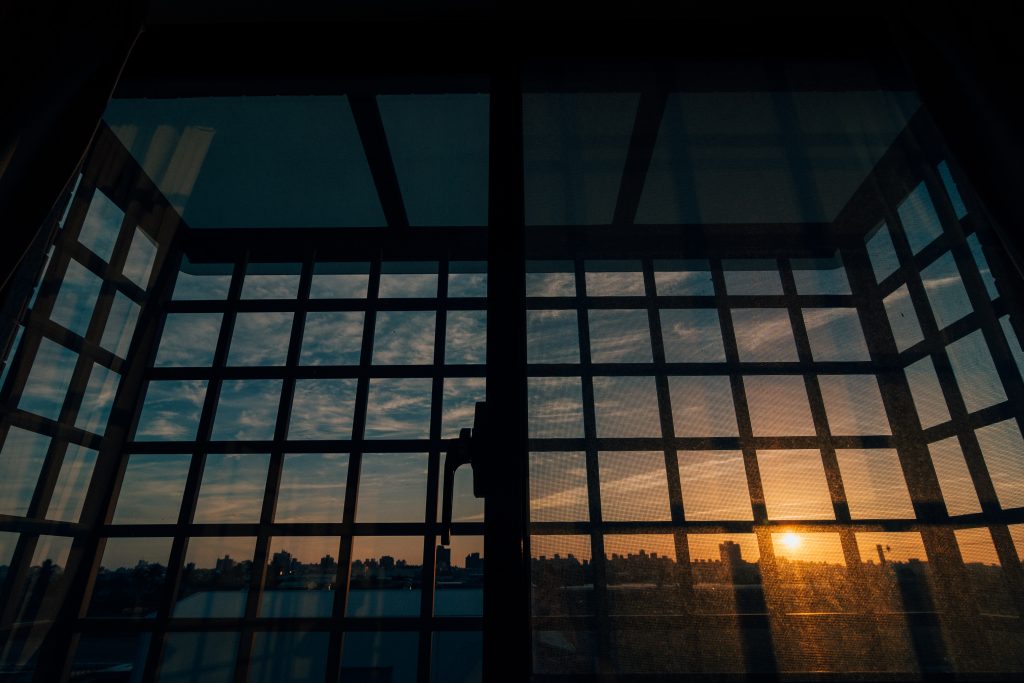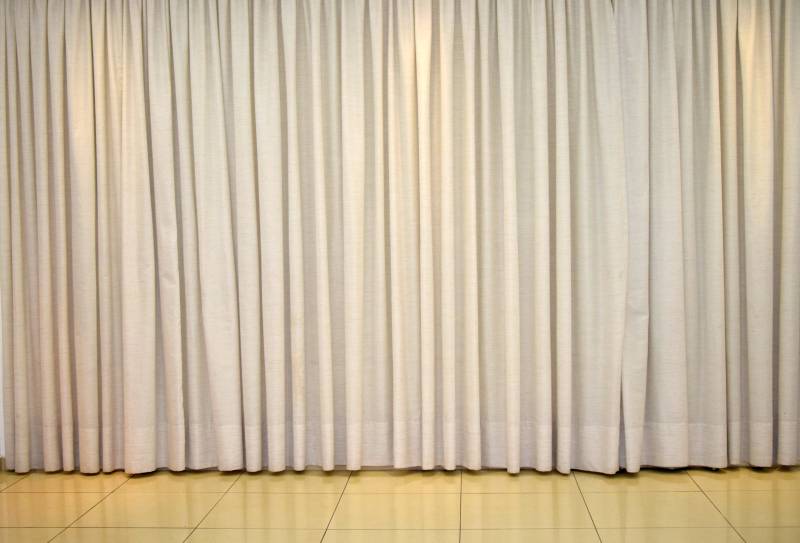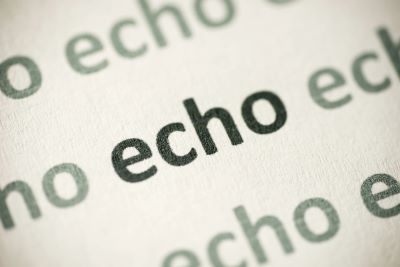No products in the cart.
Are Blackout Curtains Soundproof?

16
Oct
If you’re looking to create an optimal environment for a restful night’s sleep you may stumble upon information highlighting blackout curtains or sound blocking curtains and get confused on which option works best or even think ‘they probably do almost the same things’. Both light and sound are powerful cues that tell your body it’s time to rest or motivate you for a productive day, but it’s the combination of both which takes your living environment to the next level.
What’s the Difference Between Blackout and Soundproof Curtains?
Blackout Curtains for Light Blocking:
Sunlight plays a large roll in triggering all kinds of chemical events in the body that cause changes in physiology and behavior. Cells in the retina of the eye sending messages and chemical reactions to the brain to help us feel alert and ready for the day begin by detecting early morning sunlight. When placed in your bedroom, blackout curtains limit the amount of light available, prolonging your body’s natural sleep cycle and allowing you to relax and remain un-stimulated by chemical reactions in the brain. What makes blackout curtains effective is typically the dark coloring of the curtain itself, as well as the thick material used in manufacturing. While shutters, blinds or lightweight curtains can dim a bedroom quite well, blackout curtains are able to replicate your nocturnal sleep environment and create an uninterrupted sleep cycle fit for hibernation.
Soundproofing Curtains for Sound Blocking:

While blackout curtains may completely block the sun, they often won’t do much to reduce incoming noise.
While you sleep, your brain continues to register and process sound which is why noise can disrupt your slumber causing you to wake, move, or shift between different stages of sleep. “Noise pollution” is a disaster for your sleep cycle and for those living next to airports, trains or constant traffic noise, studies have shown it may also have a negative impact on health and is linked to hypertension. If earplugs aren’t practical, the answer to drowning out street noise is sound blocking curtains.
Important Differences Between Blackout and Sound Blocking Curtains
The confusion between the two types of curtains comes because some companies promote the thickness of their blackout curtain also being an adequate noise barrier – which is extremely false. To hear any positive effects whatsoever, acoustical studies need to be performed, materials analyzed and the design perfected to truly deflect and absorb sound over varying frequency levels.
The Residential Acoustic’s AcousticCurtain product line is the only blackout and soundproofing curtain on the market. Independently tested and customer verified, our curtains pack a one-two punch to truly knockout your restless nights for good. As you have probably seen, your typical curtain, without having a firm seal against the wall, allows sunlight to pass with ease around its perimeter illuminating your bedroom. This prevents REM sleep from occurring, and can simultaneously be prevented, along with it’s disruptive noise counterpart. The optimal combination to effectively improve your sleep environment is the sound-blocking power of the AcoustiCurtain and the strength of it’s light blocking blackout power.
Do Blackout Curtains Block Noise?

Echo is created in a space when sound bounces off and between hard surfaces after an impulse noise is made (clapping, yelling, talking, music, etc). Filling a space with plush materials such as area rugs and heavy, velour blackout curtains will help to absorb and reduce the amount of echo in a room.
In short, not all blackout curtains can block noise, but most soundproofing curtains can block out light. This is because blackout curtains are made using only fabric, heavy, dark, velour fabric, which is great for filtering out light, but because it’s still porous, sound can still pass through. Sound blocking curtains are made using both fabric and an STC rated core material, commonly known as mass loaded vinyl. A 1/2 lb/sf mass loaded vinyl is light enough and flexible enough to be able to be used as a curtain, which can block out both sound and light. Because MLV is solid, and not porous, it can keep out both simultaneously.
While blackout curtains cannot block sound from transferring between spaces, they can reduce noise within a space. If you have a lot of echo in your home, you likely have a lot of exposed hard surfaces, and not a lot of plush furniture such as carpets, curtains or pillows. The heavy velour used to make blackout curtains is plush enough to effectively absorb echo in a space, and therefor reduce the noise created within a space.
Want to learn more? Visit our soundproofing research page to understand what sets us apart and why we’re so focused on our customer’s sleep quality.
